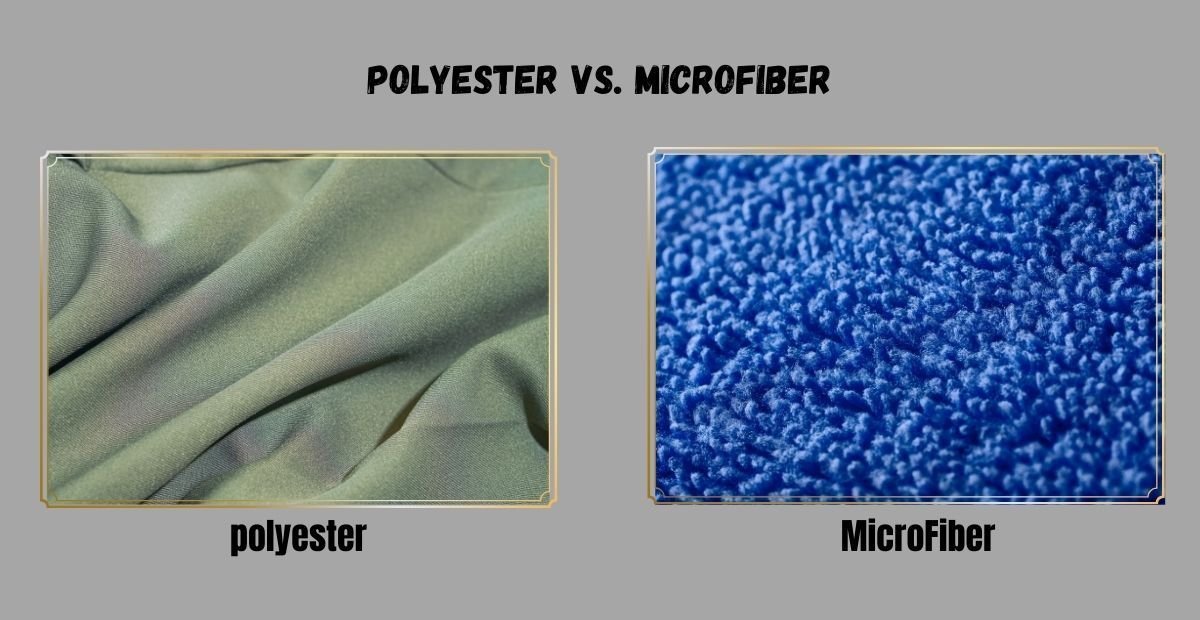James Tennant Dickson played a crucial role in one of the most important inventions in the textile world—polyester. As a British chemist, he worked alongside John Rex Whinfield to create polyethylene terephthalate (PET), the key ingredient in polyester fabric and PET plastics used globally today.
Although less widely known than other inventors, Dickson’s work has impacted industries ranging from fashion to packaging to sustainability.
Who Was James Tennant Dickson?
- Full Name: James Tennant Dickson
- Profession: British Chemist
- Known For: Co-inventing PET, the polymer used in polyester
- Workplace: Calico Printers’ Association (CPA), Manchester, UK
- Year of Invention: 1941
Dickson worked as a research chemist during a time when the textile industry was evolving. His contribution, along with Whinfield’s, helped shift the world toward synthetic fibers, offering an alternative to natural materials like cotton and wool.
The Invention of PET: A Game-Changer
In 1941, Dickson and Whinfield developed polyethylene terephthalate (PET) by combining terephthalic acid and ethylene glycol. This new material could be melted, molded, and spun into fibers—making it ideal for fabric production.
Their research built on earlier work by American chemist Wallace Carothers, the inventor of nylon. But where nylon had its limitations, PET offered greater versatility and durability.
How Their Invention Became Polyester
Although PET was discovered in 1941, it wasn’t immediately used in textiles due to World War II. The British chemical company Imperial Chemical Industries (ICI) later acquired the rights and developed the first commercial polyester fiber under the name Terylene in the early 1950s.
In the U.S., DuPont licensed the technology and introduced it as Dacron—marking the beginning History of polyester’s rise in fashion and industry.
Why It Matters Today
PET and polyester are used around the world in:
- Clothing and fashion (T-shirts, pants, outerwear)
- Home textiles (curtains, bedsheets)
- Bottles and containers (PET plastic for water and soft drinks)
- Recycled fabrics (rPET for sustainable fashion)
Dickson’s work helped launch the synthetic materials revolution and remains relevant today—especially as brands turn toward recycled polyester to reduce environmental impact.
Legacy of James Tennant Dickson
Though not widely celebrated in popular culture, James Tennant Dickson’s contributions are deeply woven into the fabric of modern life—literally and figuratively.
His legacy includes:
- Co-creating one of the most-used synthetic fibers on the planet.
- Laying the groundwork for recycled PET (rPET) and sustainable materials.
- Helping transform industrial and consumer packaging.
His research continues to shape how we dress, package products, and innovate sustainably.
Conclusion
James Tennant Dickson may not be as well-known as Thomas Edison or Wallace Carothers, but his impact is just as meaningful. Through his collaboration with Whinfield, he helped develop PET—a material that revolutionized textiles and packaging.
Thanks to Dickson’s pioneering spirit, polyester became a global standard, and PET a foundation for eco-conscious innovation. His work lives on in every polyester garment, plastic bottle, and recycled fiber used today.
FAQS
Who was James Tennant Dickson?
He was a British chemist who co-invented polyethylene terephthalate (PET), the base material for polyester fabric and PET plastics.
When did he invent polyester?
Dickson co-developed PET in 1941 along with John Rex Whinfield while working at the Calico Printers’ Association in Manchester, England.
What is PET used for today?
PET is used in polyester fabrics, plastic bottles, food containers, and recycled textile products.



